Jiyuan Qian
High-performance, Distributed Training of Large-scale Deep Learning Recommendation Models
Apr 15, 2021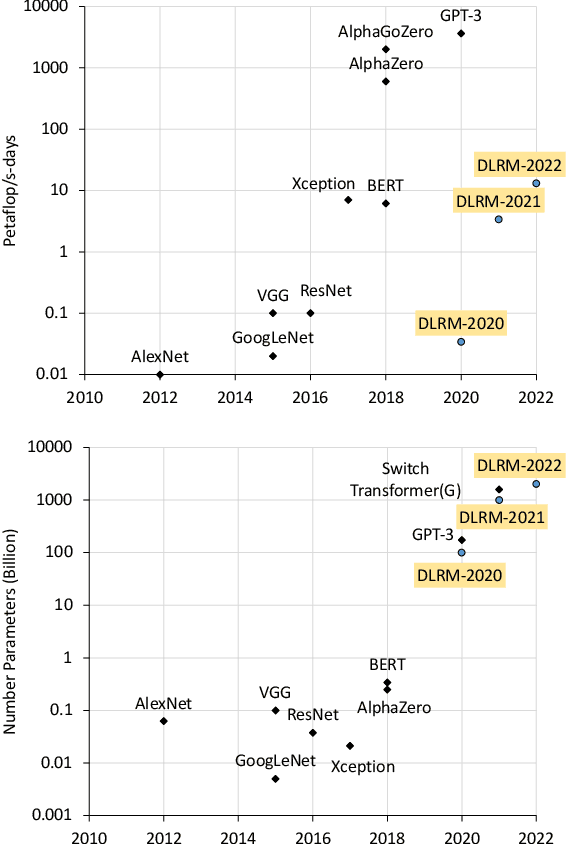
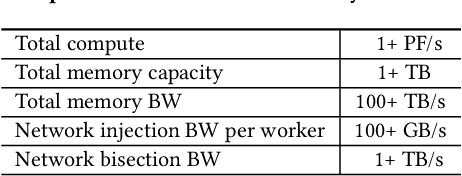
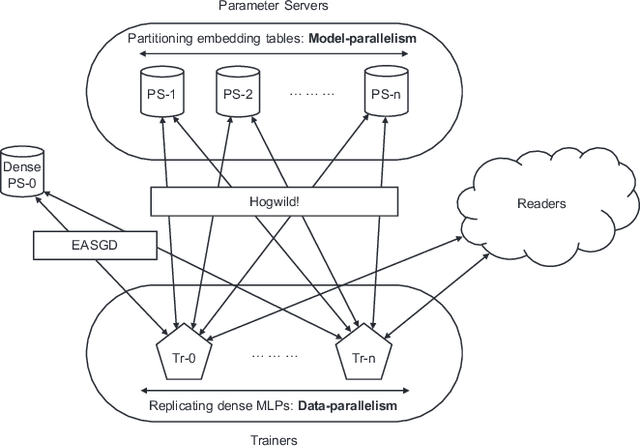
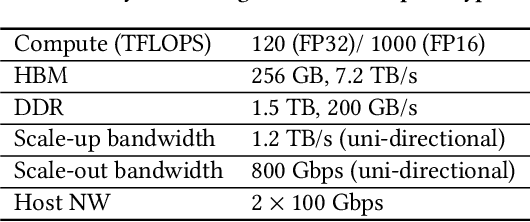
Abstract:Deep learning recommendation models (DLRMs) are used across many business-critical services at Facebook and are the single largest AI application in terms of infrastructure demand in its data-centers. In this paper we discuss the SW/HW co-designed solution for high-performance distributed training of large-scale DLRMs. We introduce a high-performance scalable software stack based on PyTorch and pair it with the new evolution of Zion platform, namely ZionEX. We demonstrate the capability to train very large DLRMs with up to 12 Trillion parameters and show that we can attain 40X speedup in terms of time to solution over previous systems. We achieve this by (i) designing the ZionEX platform with dedicated scale-out network, provisioned with high bandwidth, optimal topology and efficient transport (ii) implementing an optimized PyTorch-based training stack supporting both model and data parallelism (iii) developing sharding algorithms capable of hierarchical partitioning of the embedding tables along row, column dimensions and load balancing them across multiple workers; (iv) adding high-performance core operators while retaining flexibility to support optimizers with fully deterministic updates (v) leveraging reduced precision communications, multi-level memory hierarchy (HBM+DDR+SSD) and pipelining. Furthermore, we develop and briefly comment on distributed data ingestion and other supporting services that are required for the robust and efficient end-to-end training in production environments.
Automatic Instrument Recognition in Polyphonic Music Using Convolutional Neural Networks
Nov 17, 2015


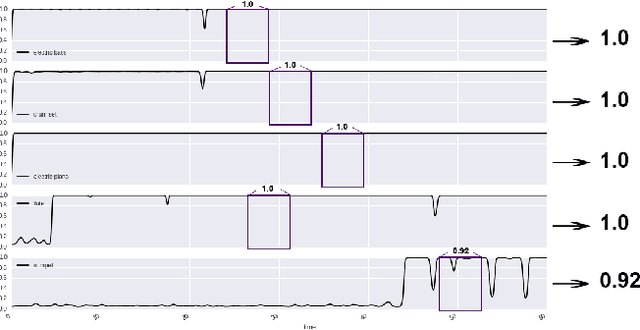
Abstract:Traditional methods to tackle many music information retrieval tasks typically follow a two-step architecture: feature engineering followed by a simple learning algorithm. In these "shallow" architectures, feature engineering and learning are typically disjoint and unrelated. Additionally, feature engineering is difficult, and typically depends on extensive domain expertise. In this paper, we present an application of convolutional neural networks for the task of automatic musical instrument identification. In this model, feature extraction and learning algorithms are trained together in an end-to-end fashion. We show that a convolutional neural network trained on raw audio can achieve performance surpassing traditional methods that rely on hand-crafted features.
 Add to Chrome
Add to Chrome Add to Firefox
Add to Firefox Add to Edge
Add to Edge